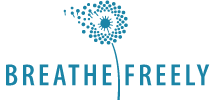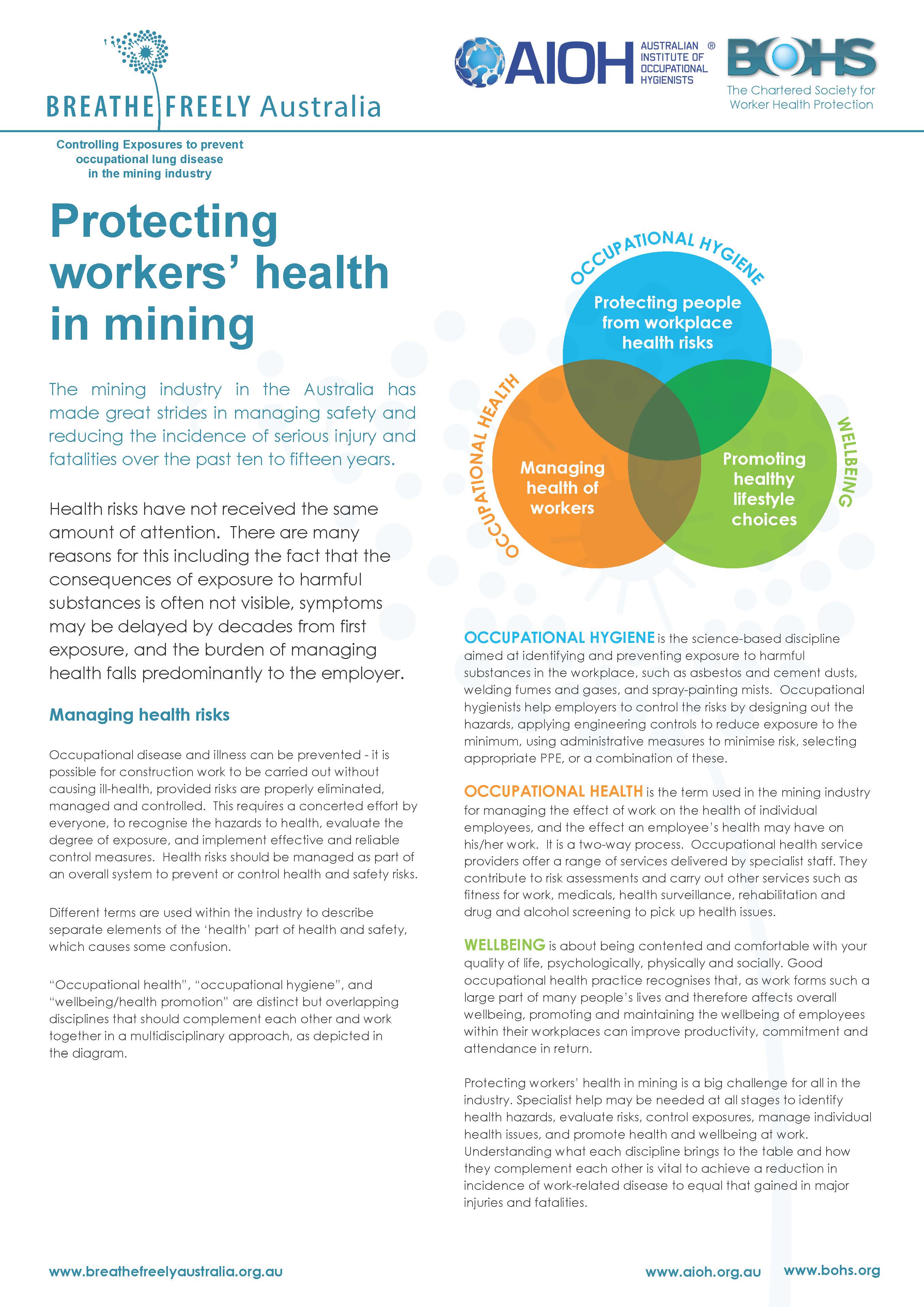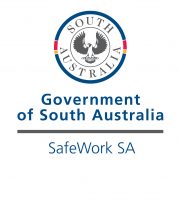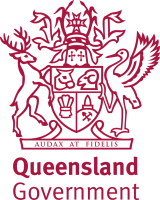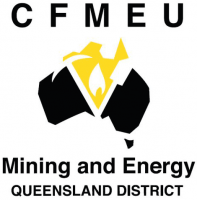Protecting workers’ health in mining – information sheet.
Managing health risks
Occupational disease and illness can be prevented – it is possible for mining work to be carried out without causing ill-health, provided risks are properly eliminated, managed and controlled. This requires a concerted effort by everyone, to recognise the hazards to health, evaluate the degree of exposure, and implement effective and reliable control measures. Health risks should be managed as part of an overall system to prevent or control health and safety risks. Different terms are used within the industry to describe separate elements of the ‘health’ part of health and safety, which causes some confusion. “Occupational health”, “occupational hygiene”, and “wellbeing/health promotion” are distinct but overlapping disciplines that should complement each other and work together in a multidisciplinary approach, as depicted in the diagram.
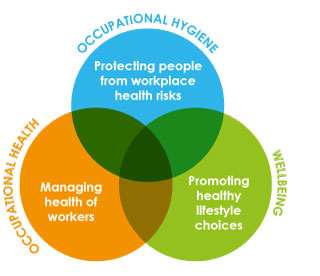
OCCUPATIONAL HYGIENE
is the science-based discipline aimed at identifying and preventing exposure to harmful substances in the workplace, such as asbestos and cement dusts, welding fumes and gases, and spray-painting mists. Occupational hygienists help employers to control the risks by designing out the hazards, applying engineering controls to reduce exposure to the minimum, using administrative measures to minimise risk, selecting appropriate PPE, or a combination of these.
OCCUPATIONAL HEALTH
is the term used in the mining industry for managing the effect of work on the health of individual employees, and the effect an employee’s health may have on his/her work. It is a two-way process. Occupational health service providers offer a range of services delivered by specialist staff. They contribute to risk assessments and carry out other services such as fitness for work, medicals, health surveillance, rehabilitation and drug and alcohol screening to pick up health issues.
WELLBEING
is about being contented and comfortable with your quality of life, psychologically, physically and socially. Good occupational health practice recognises that, as work forms such a large part of many people’s lives and therefore affects overall wellbeing, promoting and maintaining the wellbeing of employees within their workplaces can improve productivity, commitment and attendance in return. Protecting workers’ health in mining is a big challenge for all in the industry. Specialist help may be needed at all stages to identify health hazards, evaluate risks, control exposures, manage individual health issues, and promote health and wellbeing at work. Understanding what each discipline brings to the table and how they complement each other is vital to achieve a reduction in incidence of work-related
